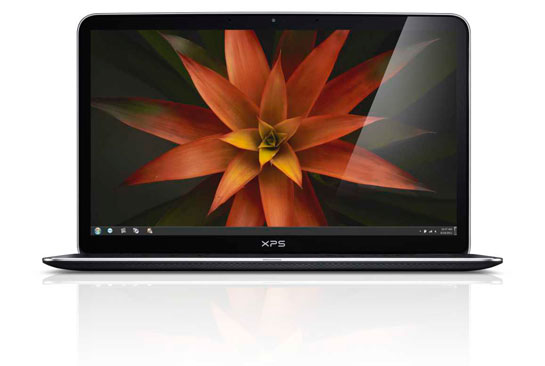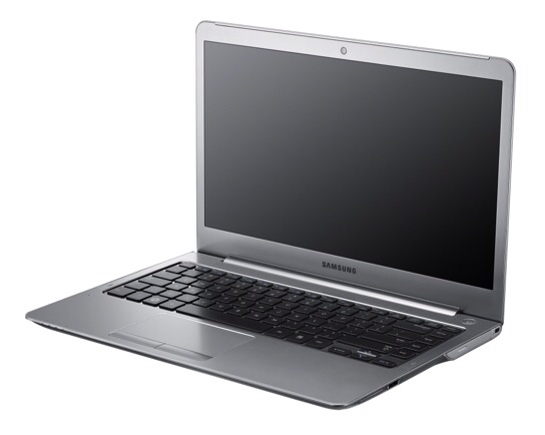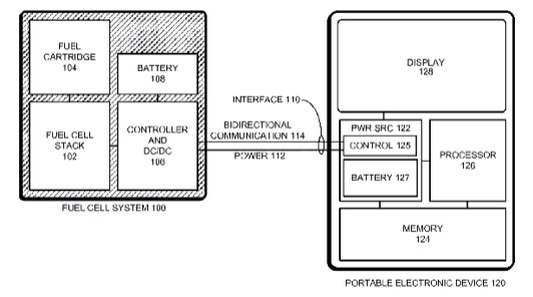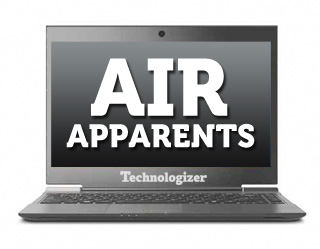
When Steve Jobs unveiled the first MacBook Air at Macworld Expo back in January of 2008, he induced lots of oohs and aahs over its astoundingly thin case. I don’t, however, remember many people declaring that it was Apple’s first pass at building the garden-variety Mac of the future. I sure didn’t–in part because I was too busy bemoaning the things that it lacked, such as built-in Ethernet.
Super-thin laptops similar in concept to the Air have been around since at least Digital’s 1994 HiNote Ultra. People have usually assumed that they were aimed at well-heeled businesspeople with decidedly undemanding computing needs–or at least at folks whose real computer is something brawnier and more feature rich.
Today, Apple is releasing two new Airs, the successors to the much-improved ones it rolled out last October. It isn’t pitching the new models as specialty machines. Even more than with their predecessors from last year, it’s treating them as well-rounded, versatile computers that happen to be really thin and really light. In fact, a tagline it’s using–“The ultimate everyday notebook”–doesn’t even mention their lack of bulk. And just to clarify things, it’s discontinuing the last machine in its lineup that was simply called a MacBook. From now on, if you want a Mac portable, you’ll choose between a MacBook Air and a MacBook Pro.
For the past few days, I’ve been reviewing a 13″ model loaned to me by Apple, but I didn’t need any arm-twisting to accept the notion of it as a mainstream notebook. I’ve already been using its predecessor as my primary system since last fall, dual-booting it between OS X and Windows 7. (And spending a fair amount of time explaining to curious passers-by that it really is the computer I spend most of my time on.)
Continue Reading →




 Imagine futuristic laptops even thinner and lighter than the MacBook Air, capable of running for several days or even weeks without recharging–Apple certainly is, as a couple U.S. patents published yesterday reveal.
Imagine futuristic laptops even thinner and lighter than the MacBook Air, capable of running for several days or even weeks without recharging–Apple certainly is, as a couple U.S. patents published yesterday reveal.  For the longest time, Apple laptops lived in their own world of stylish design, while PC makers remained steadfast in their focus on beefier specs for lower prices. I remember looking two years ago for a Windows PC that aped Apple’s style–awesome keyboard, smooth trackpad, sturdy aluminum build, decent specs–and being disappointed that such a computer simply didn’t exist.
For the longest time, Apple laptops lived in their own world of stylish design, while PC makers remained steadfast in their focus on beefier specs for lower prices. I remember looking two years ago for a Windows PC that aped Apple’s style–awesome keyboard, smooth trackpad, sturdy aluminum build, decent specs–and being disappointed that such a computer simply didn’t exist.

 It’s been exactly one month since the first
It’s been exactly one month since the first